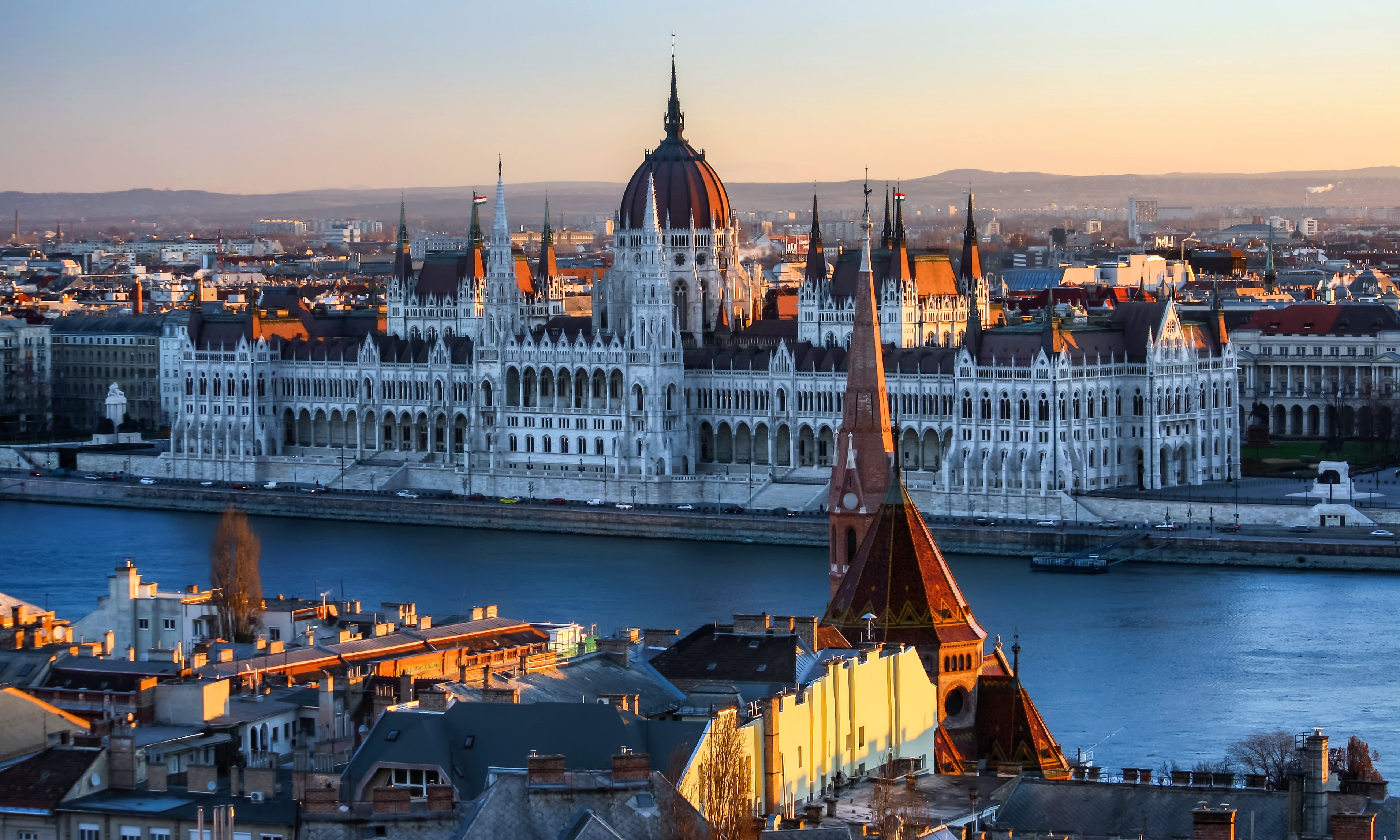🇭🇺map Hungary [Culture]

Historical Context
Hungary sits in the Carpathian Basin and has long seen waves of peoples and empires shape its identity. Medieval chronicles celebrate the Magyars’ arrival and their Christianization under King Stephen, a foundational story many Hungarians still view as central to nationhood. Later centuries brought Ottoman incursions and Habsburg rule; even under the Habsburgs, Hungary maintained its own laws and parliamentary traditions, which fostered a strong sense of continuity. The socialist era after World War II centralized power and property, but 1989 marked a pivotal turn to a multi‑party democracy—changes that still inform public debates, institutions, and a pragmatic national outlook.
People and Demographics
Hungary’s population has been declining since the late twentieth century, with an aging trend familiar across Europe. Alongside ethnic Hungarians, the country recognizes a number of minorities; the Roma are the largest, and there are also historic German communities as well as others such as Croats, Slovaks, and Serbs. Settlement patterns reflect a distinct past: traditional villages, large “agrotowns” on the Great Plain, and industrial-commercial cities that grew rapidly after the late nineteenth century. Urbanization has steadily pulled people into cities, yet many families keep practical ties to the land, reflecting a cultural memory of agricultural life.
Language and Communication
Hungarian is the national language and a key marker of identity. Even a few phrases—simple greetings and thank‑yous—go a long way in daily life and are appreciated in shops and neighborhood settings. Because language and culture are tightly connected, learning basic Hungarian can open doors to friendships and smoother service interactions. When in doubt, polite greetings and patience communicate respect as effectively as perfect grammar.
Social Values and Norms
Family ties matter greatly, and intergenerational support is common; grandparents often help with childcare, and young couples may live close to parents when housing is tight. Work and education are seen as the pathways to mobility, with families investing heavily in schooling to secure opportunities for their children. Social change since 1989 has brought new freedoms alongside a wider income gap, and many people remain focused on practical stability. Visitors will notice a down‑to‑earth pride in national traditions, paired with a realistic, sometimes reserved demeanor in public.
Religion and Spirituality
Hungary’s historical narrative is closely tied to Christianization and the image of the country as a defender of European Christianity. Religious expression today ranges from personal and ceremonial to more understated, depending on community and generation. You will encounter churches as focal points in towns and villages, reflecting their longstanding place in public space. As a visitor, quiet respect in religious sites and during local festivals is always welcome.
Social Acceptance and Inclusion
Hungary recognizes several historical minority groups, with the Roma being the largest. Social and economic differences widened during the transition from socialism to a market economy, which continues to affect opportunity and mobility. Educational access remains a key lever for advancement, and family networks often play a major role in navigating careers and housing. Foreigners who show humility, learn a bit of the language, and engage locally generally find day‑to‑day interactions cordial and serviceable.
Arts and Expression
Hungarian folk art is vivid and accessible—floral motifs and embroidery from places like Kalocsa are still crafted and worn at festivals. Traditional cuisine and wine regions are a point of pride, even as everyday habits may lean toward beer with friends. In cities, you’ll find a blend of old and new: markets that feel timeless alongside contemporary galleries and music venues. Storytelling and public culture often circle back to themes of nationhood, resilience, and family.
Social Life and Relationships
Social life tends to start formally and warm over time. A proper greeting, eye contact, and a clear introduction are good practice; once you’re on a first‑name basis, interactions become more relaxed. Hosting and being hosted are meaningful gestures—arriving on time with a small treat from a local bakery is an easy win. At the table, accept at least a little of what’s offered, and compliment the bread or homemade dishes; food is a trusted way to bridge new friendships.
Education and Intellectualism
Education carries significant weight in Hungary, historically serving as the most reliable route into the professional class. Families pay close attention to school placement and take pride in academic milestones, which can shape a young person’s trajectory early on. Libraries, cultural centers, and lecture programs in cities reflect this respect for learning and debate. The result is a culture that values practical knowledge as much as scholarly achievement.
Integration for Foreigners
Settling in goes smoother if you anchor yourself locally—get to know your corner bakery, greet neighbors, and visit the same market stalls each week. The language can be challenging, but consistent effort earns goodwill and unlocks everyday conveniences. Many expatriates find a rhythm by balancing city offerings with small-town excursions to understand the country’s rural roots. Be patient with bureaucracy, lean on community networks, and let shared routines—food, family stories, and seasonal traditions—do the quiet work of belonging.
Franz
Franz is a German technical writer and business consultant from Munich, with over 15 years of experience
in international corporate relocations and German business culture. Having worked for major German
multinational corporations including BMW and Siemens, Franz has extensive experience facilitating the
relocation of international talent to Germany and helping German professionals navigate complex assignments
abroad.
Published: 2025-06-13